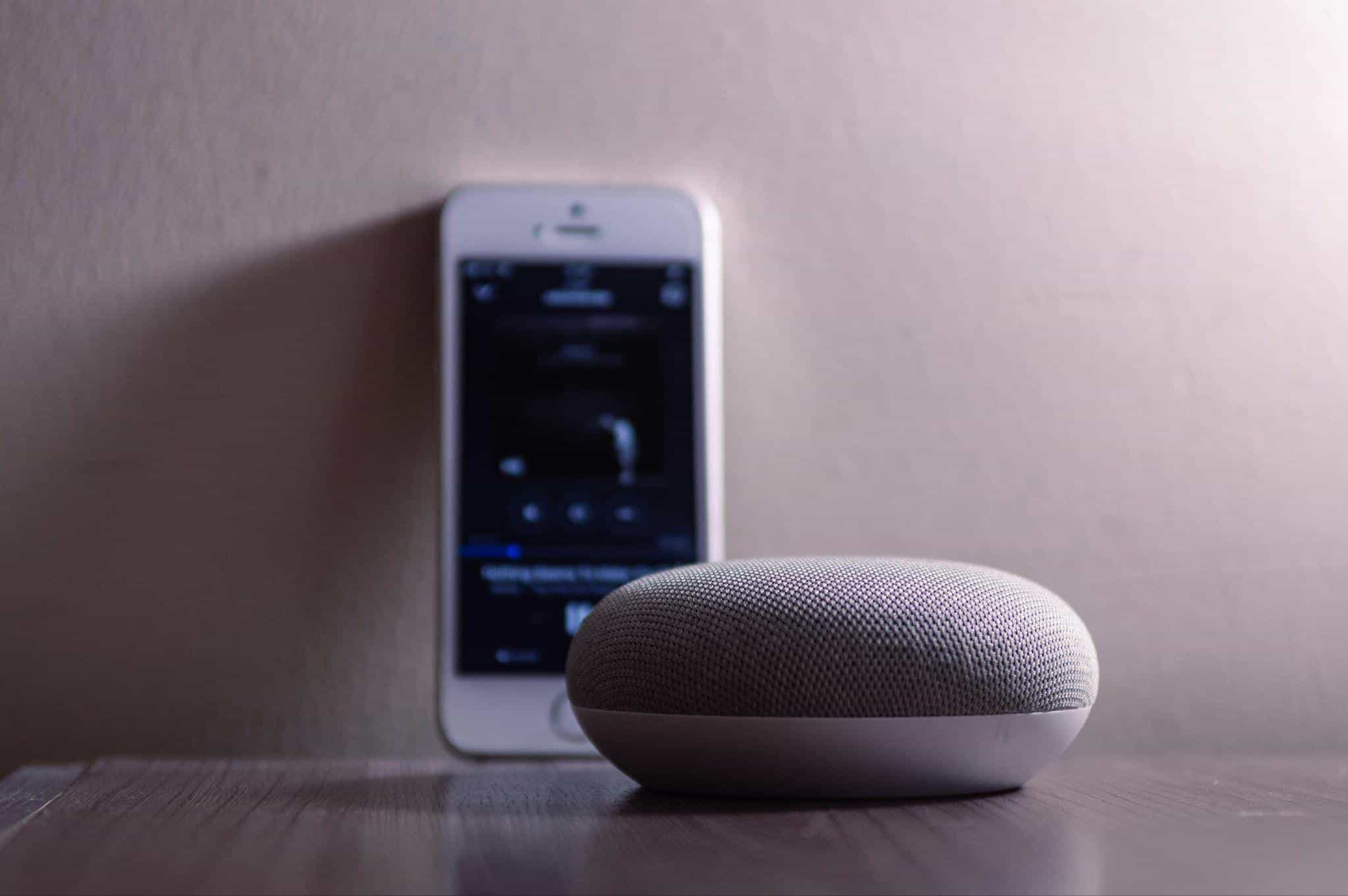As energy costs continue to rise, finding ways to cut down on household energy use has become a priority for many homeowners. Luckily, modern smart home technology offers practical and effective solutions that make it easier to reduce energy consumption while keeping homes comfortable and convenient.
From managing heating and cooling to automating lights and appliances, smart home upgrades can help you save money and live more sustainably.
In this guide, we’ll walk through some of the best smart home upgrades for energy efficiency. These devices help you make informed choices about energy use, adding control over your home environment and costs.
1. Smart Thermostats: Precision Control for Energy Saving
One of the most effective ways to save energy at home is with a smart thermostat. Unlike traditional thermostats, smart versions learn from your daily routines and adjust temperatures based on your habits, ensuring heating and cooling happen only when needed.
By reducing unnecessary heating and cooling, smart thermostats can help you cut down on energy waste significantly. For instance, some models will automatically lower temperatures during work hours when the home is empty, then raise them again before you return. These small adjustments can add up, helping to reduce both your energy bills and your home’s environmental impact.
2. Smart Water Sensors: Real-Time Monitoring for Water Efficiency
One of the most practical smart home upgrades for energy and resource efficiency is the installation of smart water sensors. These sensors monitor water usage in real time, allowing you to track flow rate, detect leaks, and manage pressure changes. Many smart water sensors use IoT (Internet of Things) technology to send data directly to your smartphone or tablet, so you can monitor water use even when you’re away from home.
By optimizing water consumption, smart water sensors contribute to both cost savings and eco-friendly living, making them a valuable addition to any energy-efficient home.
3. LED Smart Lighting: Lighting Control at Your Fingertips
Lighting can account for a significant portion of a home’s energy use, especially if you’re still using traditional incandescent bulbs. Smart LED lights offer a two-fold benefit: they’re more energy-efficient, and they can be controlled with precision. LED bulbs use far less energy than standard bulbs, and when paired with smart technology, they offer even greater savings. You can control smart lights from your phone, schedule them to turn off when you leave a room or set them to dim automatically at certain times.
Smart lights often come with motion sensors that can detect occupancy, which is perfect for spaces where lights are frequently left on by mistake. Imagine the lights in your hall or bathroom turning off on their own after you leave the room – it’s a simple feature that helps save electricity without much thought.
4. Smart Plugs: Manage Device Power Usage Easily
Sometimes, the biggest energy drains in our homes come from devices that aren’t even in use. Known as “phantom” or “standby” power, this is the energy consumed by electronics that stay plugged in but aren’t active. Smart plugs help you tackle this issue by allowing you to control when specific devices are on or off.
With a smart plug, you can remotely turn devices on or off through an app, set timers, and even monitor how much power each device is using.
Smart plugs are particularly useful for items like coffee makers, space heaters, and gaming consoles that don’t need to stay on all the time. If you tend to forget to unplug these devices, a smart plug can do the work for you.
5. Energy-Efficient Smart Appliances: Upgrading Kitchen and Laundry
If you’re in the market for new appliances, consider energy-efficient smart models. Today’s smart appliances, like refrigerators, washing machines, and ovens, are designed with energy-saving features that reduce electricity consumption.
Many of these appliances connect to Wi-Fi and have IoT capabilities, meaning they can communicate with other devices or apps. You can monitor their energy use, receive maintenance alerts, and adjust settings for optimal performance.
For example, some smart refrigerators come with features that allow them to adjust cooling levels during off-peak hours, saving electricity without compromising food safety. Washing machines might have eco-modes that use less water and power.
6. Solar-Powered Smart Gadgets: Harnessing Renewable Energy
Solar-powered smart gadgets combine the benefits of smart home technology with the sustainability of solar energy. These devices draw power from the sun, which means they don’t add to your energy bills.
Solar-powered outdoor lights, for instance, charge during the day and light up your yard at night, providing security and convenience without using grid electricity. Other examples include solar-powered security cameras and sensors that monitor environmental conditions around your home.
Adding solar-powered gadgets to your smart home setup reduces your reliance on traditional power sources and makes your home more sustainable.
7. Smart Blinds and Shades: Control Sunlight for Natural Temperature Regulation
Smart blinds and shades are an innovative way to control the amount of natural light that enters your home, which can impact both heating and cooling needs. These motorized blinds can be scheduled to open or close at specific times, allowing you to let in sunlight during winter days to warm your home or block it during hot afternoons to keep your home cooler.
By controlling sunlight, smart blinds reduce the need for air conditioning in the summer and heating in the winter, which translates to energy savings.
Some smart blinds even adjust automatically based on the sun’s position, so your home stays comfortable without manual adjustments. These systems allow you to use natural light to your advantage, helping reduce reliance on HVAC systems.
Smart home upgrades are more than just convenient – they’re practical tools for improving energy efficiency, cutting costs, and supporting a sustainable lifestyle. By investing in smart thermostats, lighting, appliances, and more, you’re not only making your home more efficient but also contributing to long-term energy savings.
Small upgrades add up over time, giving you control over your energy use while helping you live in a greener, more economical home.








